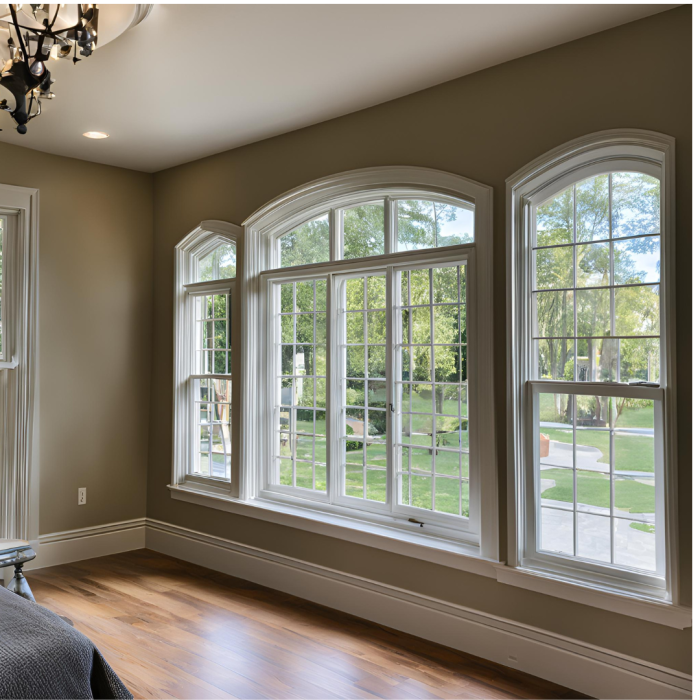Ever found yourself scratching your head over standard window screen sizes? I have too. Honestly, measuring windows felt like solving a Rubik’s Cube blindfolded. But don’t sweat it. I’m here to help you clear things up, plain and simple.
Let’s break down everything you need to know, without the headache.
What Exactly is a Standard Window Screen Size?
When people ask about the “standard window screen sizes,” they typically mean the sizes most commonly used across homes. Normal window sizes range quite a bit, but here’s the quick scoop:
-
Double-Hung Windows: Usually about 24-48 inches wide by 36-72 inches tall.
-
Sliding Windows: Usually about 36-84 inches wide by 24-60 inches tall.
-
Casement Windows: Typically between 17-41 inches wide and 24-72 inches tall.
Yeah, that’s a lot to remember. But relax, you don’t need to memorize all that. I’ll help you measure it right in your own home.
How to Measure Your Window Screen Size Like a Pro
First things first—grab a tape measure. No guessing, please.
Here’s what you’ll do:
-
Measure the Width: Start from the inside edge of one side to the other, left to right.
-
Measure the Height: From top lip to bottom lip.
-
Check Twice: Seriously. Measure again. It saves you trips to the hardware store.
Example from my own place—I measured my window, expecting it to be a “normal size window,” and guess what? Turns out mine was custom. It threw me off big time. Don’t assume yours is standard; measure it!
Common Window Screen Sizes You Might Encounter
Just in case you still want some common reference points:
-
24 x 36 inches (most common basic window size)
-
30 x 54 inches
-
36 x 60 inches
-
48 x 60 inches (common in newer homes)
These are your typical, average size windows, but honestly, your home could easily be different.
Choosing the Right Window Screen Material
Materials matter. Fiberglass screens are lightweight and budget-friendly. Aluminum is sturdier but might dent easily. I went with fiberglass for ease of replacement. Trust me, it’s forgiving if you’re not gentle.
-
Fiberglass: Cheap, easy to handle, common choice.
-
Aluminum: Durable, but slightly trickier.
Quick Installation Tips That Save You Time (and Swearing!)
Installing screens can drive anyone up a wall. I learned this the hard way, sweating like I just finished a workout. So here are some quick tips:
-
Use spline tools—they’re cheap and make fitting screens into frames 10x easier.
-
Cut your mesh slightly larger. You can trim excess later, but adding mesh isn’t possible (been there, tried that, big fail).
-
Replace worn channels. It’s cheap hardware, and trust me, it makes the screen slide like butter.
When to Consider Custom Window Installation
If your windows don’t match these normal window dimensions, it’s time to think about custom window installation. At Columbus Exterior, my own brand, we specialize in getting your screens and windows precisely right. Custom window installations can save you from major headaches and endless DIY disasters. And honestly, they look way better.
Why Does Knowing Your Window Screen Size Matter?
Here’s the deal ordering replacements without proper measurements can be a disaster. My first attempt was a mess. The screens didn’t fit, and I was out money and patience. Accurate measurements mean you get screens that fit perfectly.
Plus, let’s be real, nobody likes bugs in their home. Properly fitted screens keep your place bug-free and breezy.
FAQs About Standard Window Screen Sizes
Q1. What’s the most common window screen size?
Ans: Most common is 24 x 36 inches. But always measure first—just trust me.
Q2. Can window screens be custom-sized?
Ans: Absolutely. Custom sizing is available at most hardware stores, and it’s surprisingly affordable.
Q3. How often should you replace window screens?
Ans: Usually, every 10-15 years unless damaged earlier. I replaced mine after just 8 years—cats, kids, life happens.
Your Next Steps—Don’t Wait!
Still holding a busted screen in your window? Do yourself a favor grab that tape measure, double-check those dimensions, and get it sorted. Life’s too short for faulty screens and bug invasions.
Got any window screen mishaps or tips of your own? Drop a comment, let’s swap some DIY war stories!

